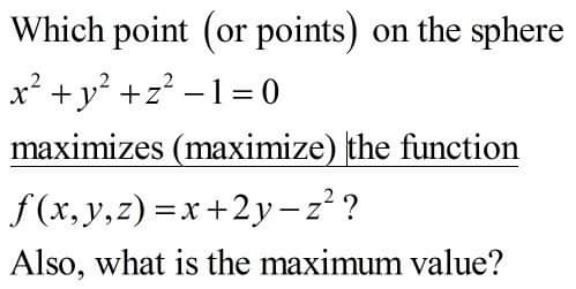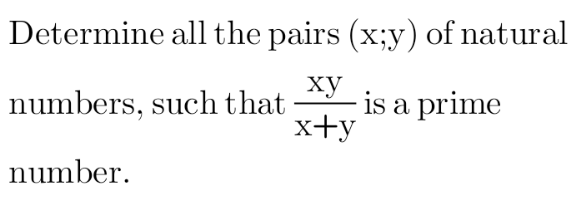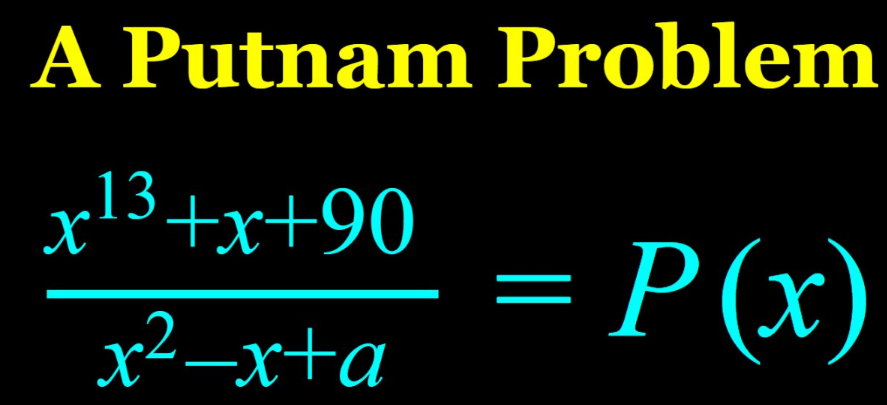
AllQuestion and Answers: Page 662
Question Number 152863 Answers: 1 Comments: 1
Question Number 152861 Answers: 0 Comments: 0
Question Number 152866 Answers: 0 Comments: 0
Question Number 152857 Answers: 0 Comments: 0
Question Number 152848 Answers: 0 Comments: 5

Question Number 152845 Answers: 0 Comments: 0

Question Number 152844 Answers: 1 Comments: 0
Question Number 152841 Answers: 2 Comments: 0

Question Number 152840 Answers: 1 Comments: 0

Question Number 152839 Answers: 0 Comments: 0
Question Number 152834 Answers: 0 Comments: 0

Question Number 152829 Answers: 2 Comments: 0

Question Number 152828 Answers: 1 Comments: 0
Question Number 152827 Answers: 1 Comments: 0

Question Number 152826 Answers: 1 Comments: 0
Question Number 152817 Answers: 4 Comments: 0
Question Number 152805 Answers: 2 Comments: 0

Question Number 152801 Answers: 0 Comments: 3
$${resouds} \\ $$$$\mid\mathrm{1}−{x}\mid{y}'+{xy}={x} \\ $$
Question Number 152799 Answers: 1 Comments: 1
Question Number 152795 Answers: 1 Comments: 0
Question Number 152779 Answers: 0 Comments: 4

Question Number 152778 Answers: 0 Comments: 0
Question Number 152772 Answers: 1 Comments: 2
Question Number 152771 Answers: 0 Comments: 2
Question Number 152770 Answers: 0 Comments: 1
Question Number 152769 Answers: 1 Comments: 1

Pg 657 Pg 658 Pg 659 Pg 660 Pg 661 Pg 662 Pg 663 Pg 664 Pg 665 Pg 666
